The 2025 European Orienteering Championships opened with lots of drama in the Belgian city of Hasselt, when Norway claimed their first ever Championships Sprint Relay title. Finland’s anchor run first into the finish, but what should have been Finland’s moment of glory transformed into Norwegian celebration when Maija Sianoja’s jumped penultimate control cost her team the victory.
The revelation that Sianoja had bypassed the penultimate control sent shockwaves through the arena. What had been Finnish joy became Norwegian gold, Swiss silver, and Swedish bronze relief.
“I ‘suspected’ that she hadn’t been to the control, but I didn’t dare celebrate at the finish,” Benjaminsen revealed, capturing the uncertainty that followed the dramatic conclusion. Sweden’s Hanna Lundberg reflected on the bittersweet nature of their bronze: “I have to somehow be grateful that it becomes a close call, even though it’s so terribly, terribly sad for Finland.” Finland weren’t the only ones with problems. 14 out of 27 teams were disqualified, many for missing the same control that cost Finland their victory (control 18 below). Poor map printing quality around the controls was blamed for the high number of disqualifications in an article by the Swedish Orienteering Federation – although it seems like printing quality was good and it was more the cutting of the control circle and the exact layout of the course in this region that led to the unfortunate mishap.
The championships continue Thursday with qualification for Friday’s Knock-Out Sprint in nearby Geel. The top 12 from each of three qualification heats will advance to Friday’s finals for the individual medals.
Analysis
See below for a splitsbrowser showing the race development for the common controls along the course. The 13 first controls are the first leg, the next 16 the second leg (until 29th), the next 16 the third leg (until 45th) and the remainder the last leg. Note that the disqualified teams are not included in the illustration.
Leg 1: Norway’s Victoria Hæstad Bjørnstad and Switzerland’s Natalia Gemperle started fast, but Finland’s Inka Nurminen came out of the old town in the lead, with Sweden’s Alva Sonesson close behind in her first major championship. “It was my championship debut so I was a bit nervous on the start line,” Sonesson told the Swedish Orienteering Federation. “I think I had a long route choice at the beginning and fell behind there. But I felt it was the route choice so I continued and kept my composure.”
Leg 2: On the second leg, Norway’s world middle distance champion Eirik Langedal Breivik built up a 10+ second lead over Sweden and Finland.
Leg 3: But the race changed completely on leg three, where Sweden’s Martin Regborn and Finland’s Tuomas Heikkilä passed Norway’s Kasper Fosser. “Unfortunately I lack a bit physically compared to what Heikkilä and Regborn have ‘to go with’ today,” Fosser admitted to Norwegian media, as he sent out anchor Andrine Benjaminsen in third place, 26 seconds behind leader Regborn. Note that Fosser also did some technical mistakes, notably on the 9th control where he took the wrong route choice and lost more than 20 seconds. Switzerland were 40 seconds back when Joey Hadorn tagged Simona Aebersold for the final leg – also a combination of wrong route choices (also leg 9) and running speed.
Leg 4: The last part of the race had everything fans wanted to see. Benjaminsen quickly caught up with the leaders while Aebersold started Switzerland’s comeback from fourth place. Near the end, only seconds separated the top four teams – notably there were some big mistakes in the tricky region between control 8 and 12. “Technically I didn’t show the best race, I tried to be patient and run my own race,” Aebersold told the Swiss Orienteering Federation. “When I saw that Sweden’s Hanna Lundberg was going a bit slower, I saw my chance to overtake her.” Aebersold did, however, do a route choice mistake to control 15 (going right) that maybe ruined her winning chance.
Here is a corresponding splits browser showing only the three top finishing teams:
Note that there are several mistakes in there, but it is really difficult to analyze them in detail with the poor GPS-tracking quality and with the forking making the split-based analysis challenging. During the TV-broadcast it was unfortunately even more difficult to understand what actually happened in the race.
Here some of the most interesting legs are shown. First leg 8-9 where Fosser on Norway’s third leg lost time by running an S-shape, and Lundberg on Sweden’s last leg lost time by running left:
Control 11 also had some decisive time differences:
And also control 12:
And finally control 15 where Aebersold lost time on the last leg:
Maps and GPS-tracking
You can find GPS-tracking leg 1, leg 2, leg 3 and leg 4 here. See the maps embedded below.
Results
| 1 | Norway | 1:01:13.20 | |||||||
| 1. Victoria Haestad Bjornstad | 16:01.00 | 3 | +0:07.00 | 16:01.00 | 3 | +0:07.00 | |||
| 2. Eirik Langedal Breivik | 14:51.00 | 1 | 30:52.00 | 1 | -2 | -0:07.00 | |||
| 3. Kasper Harlem Fosser | 15:16.00 | 6 | +0:49.00 | 46:08.00 | 3 | +2 | +0:26.00 | +0:26.00 | |
| 4. Andrine Benjaminsen | 15:05.20 | 1 | 1:01:13.20 | 1 | -2 | -0:26.00 | |||
| 2 | Switzerland | 1:01:33.30 | +0:20.00 | ||||||
| 1. Natalia Gemperle | 16:05.00 | 6 | +0:11.00 | 16:05.00 | 6 | +0:11.00 | |||
| 2. Riccardo Rancan | 15:08.00 | 3 | +0:17.00 | 31:13.00 | 4 | -2 | +0:21.00 | +0:10.00 | |
| 3. Joey Hadorn | 15:09.00 | 4 | +0:42.00 | 46:22.00 | 4 | 0 | +0:40.00 | +0:19.00 | |
| 4. Simona Aebersold | 15:11.30 | 2 | +0:06.10 | 1:01:33.30 | 2 | -2 | +0:20.00 | -0:20.00 | |
| 3 | Sweden | 1:01:37.50 | +0:24.30 | ||||||
| 1. Alva Sonesson | 15:55.00 | 2 | +0:01.00 | 15:55.00 | 2 | +0:01.00 | |||
| 2. Jonatan Gustafsson | 15:10.00 | 5 | +0:19.00 | 31:05.00 | 3 | +1 | +0:13.00 | +0:12.00 | |
| 3. Martin Regborn | 14:37.00 | 2 | +0:10.00 | 45:42.00 | 1 | -2 | -0:13.00 | ||
| 4. Hanna Lundberg | 15:55.50 | 5 | +0:50.30 | 1:01:37.50 | 3 | +2 | +0:24.30 | +0:24.30 | |
| 4 | Czechia | 1:03:23.60 | +2:10.40 | ||||||
| 1. Jana Pekarova | 16:42.00 | 12 | +0:48.00 | 16:42.00 | 12 | +0:48.00 | |||
| 2. Jakub Glonek | 15:21.00 | 7 | +0:30.00 | 32:03.00 | 9 | -3 | +1:11.00 | +0:23.00 | |
| 3. Tomas Krivda | 15:09.00 | 4 | +0:42.00 | 47:12.00 | 5 | -4 | +1:30.00 | +0:19.00 | |
| 4. Tereza Rauturier | 16:11.60 | 6 | +1:06.40 | 1:03:23.60 | 4 | -1 | +2:10.40 | +0:40.40 | |
| 5 | Great Britain | 1:04:11.00 | +2:57.80 | ||||||
| 1. Cecilie Andersen | 16:46.00 | 14 | +0:52.00 | 16:46.00 | 14 | +0:52.00 | |||
| 2. Eddie Narbett | 15:48.00 | 13 | +0:57.00 | 32:34.00 | 14 | 0 | +1:42.00 | +0:50.00 | |
| 3. Ralph Street | 15:57.00 | 8 | +1:30.00 | 48:31.00 | 9 | -5 | +2:49.00 | +1:07.00 | |
| 4. Grace Molloy | 15:40.00 | 4 | +0:34.79 | 1:04:11.00 | 5 | -4 | +2:57.80 | +0:08.80 | |
| 6 | Hungary | 1:04:15.60 | +3:02.40 | ||||||
| 1. Boglarka Czako | 16:29.00 | 10 | +0:35.00 | 16:29.00 | 10 | +0:35.00 | |||
| 2. Zoltan Bujdoso | 15:29.00 | 10 | +0:38.00 | 31:58.00 | 7 | -3 | +1:06.00 | +0:31.00 | |
| 3. Marton Csoboth | 16:05.00 | 10 | +1:38.00 | 48:03.00 | 6 | -1 | +2:21.00 | +1:15.00 | |
| 4. Rita Maramarosi | 16:12.60 | 7 | +1:07.40 | 1:04:15.60 | 6 | 0 | +3:02.40 | +0:41.40 |
 World of O News
World of O News

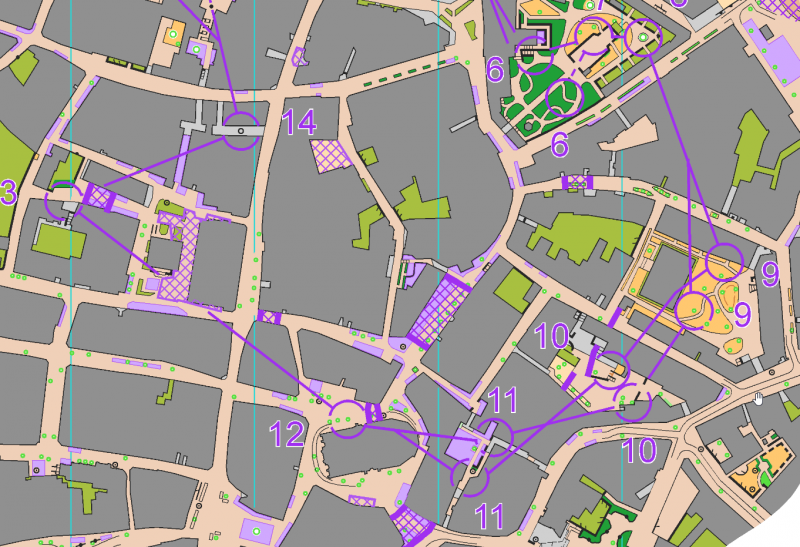
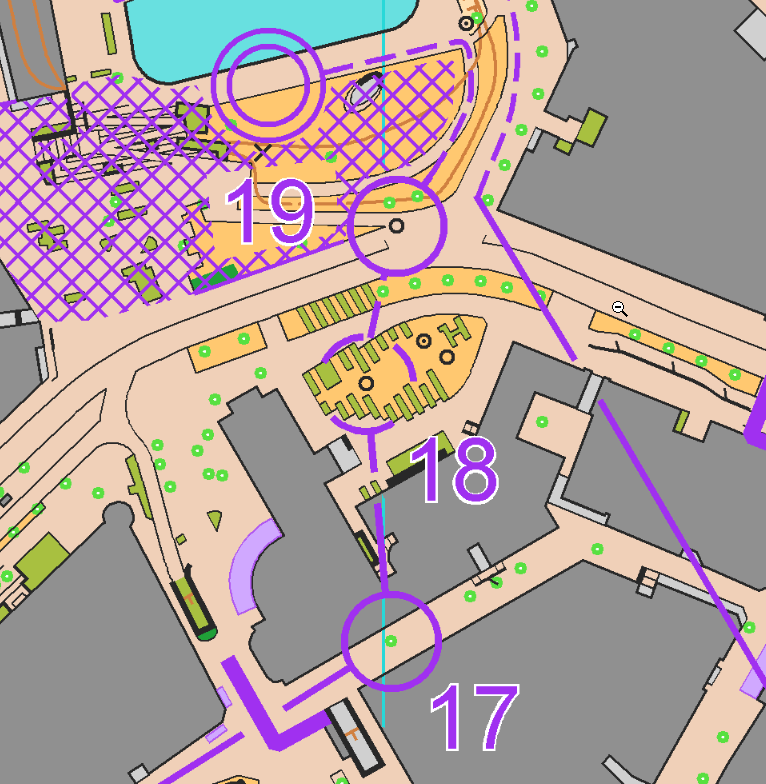
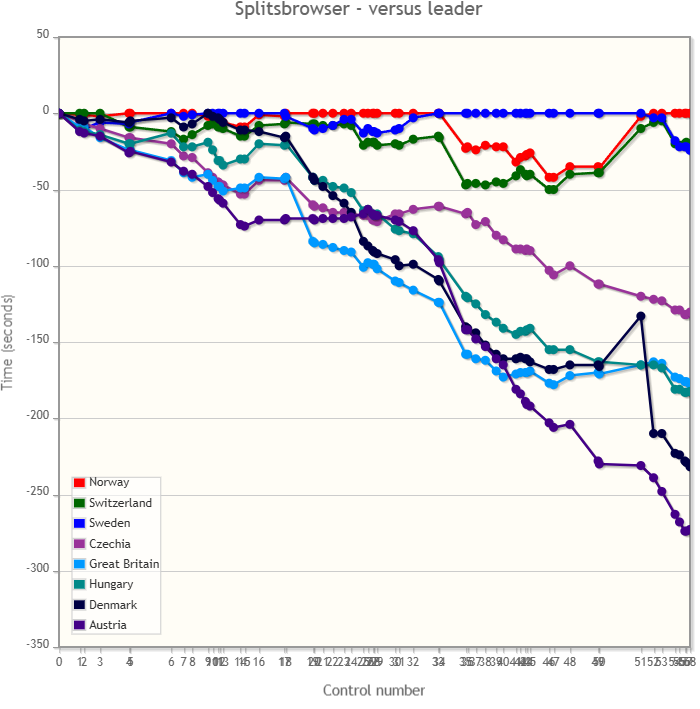
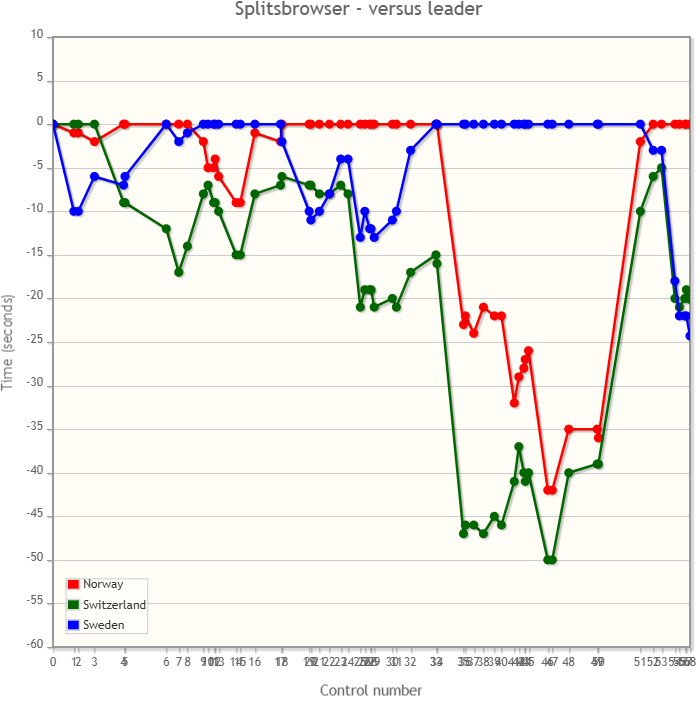
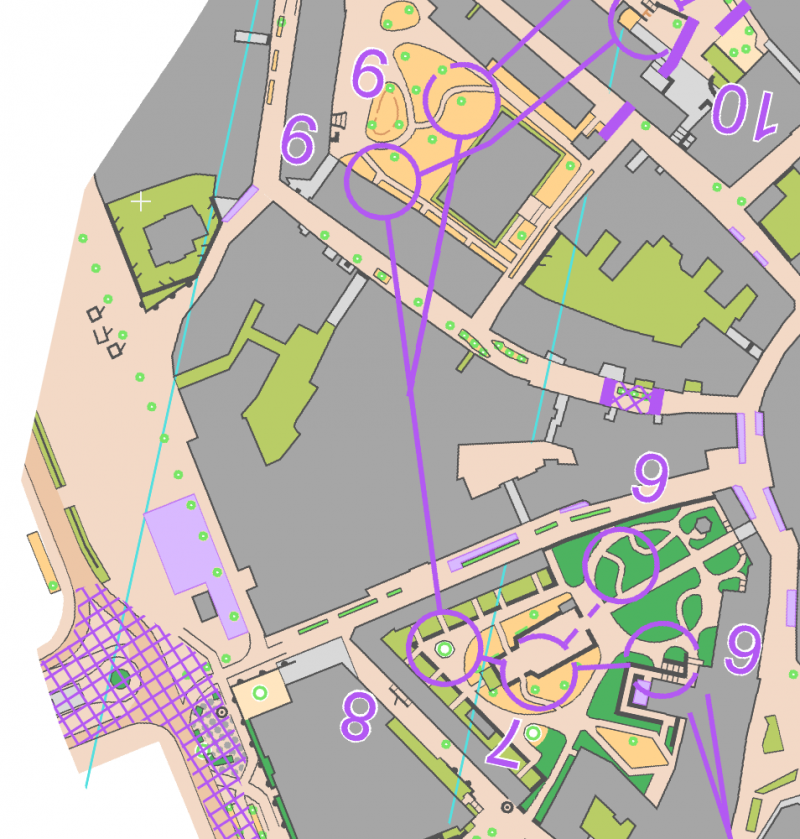
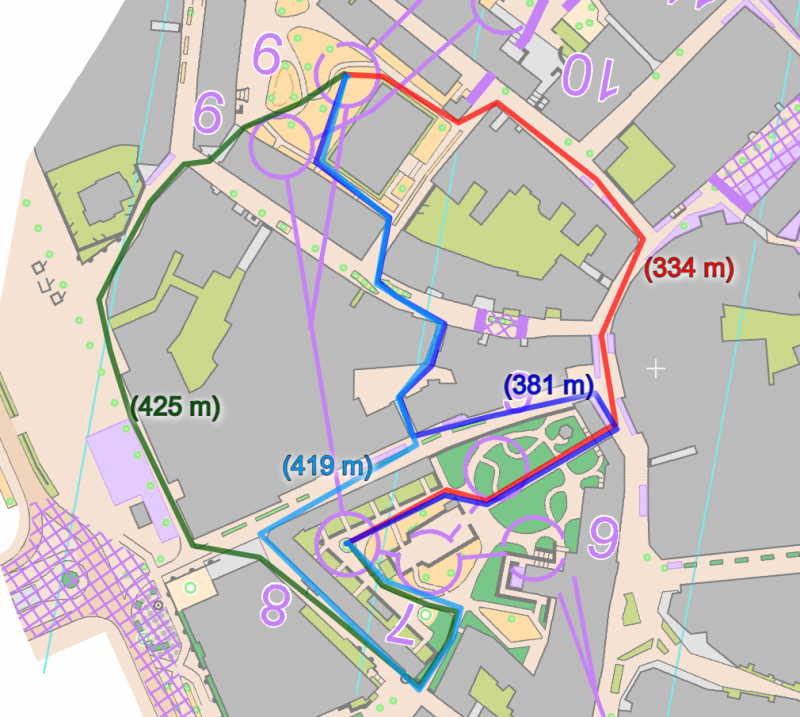
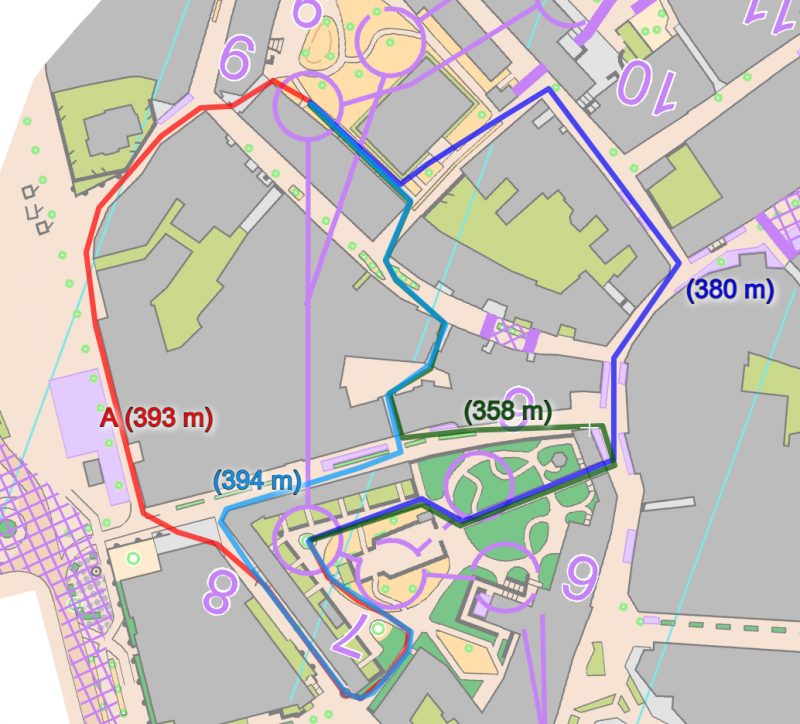
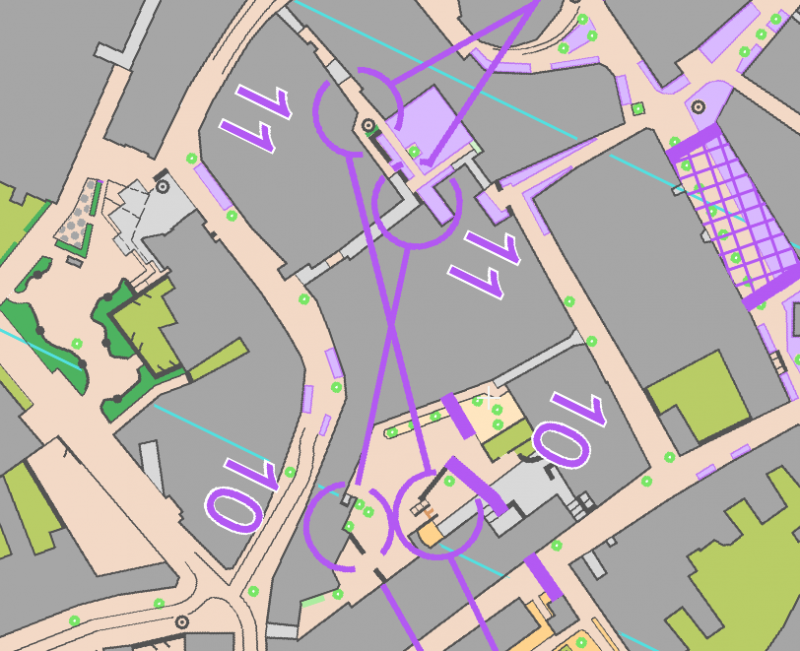
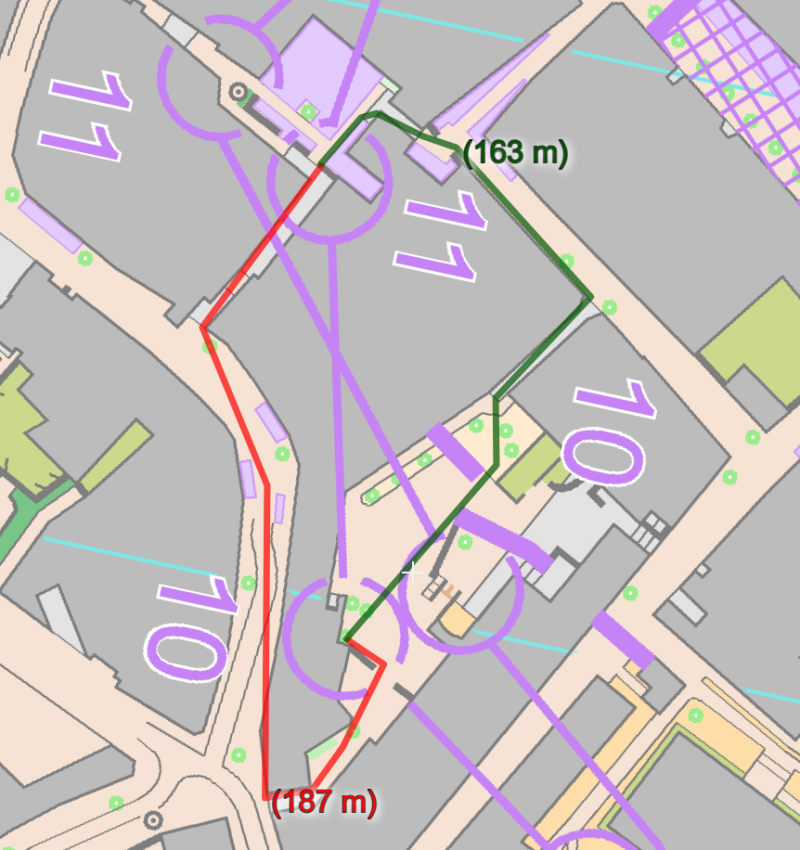
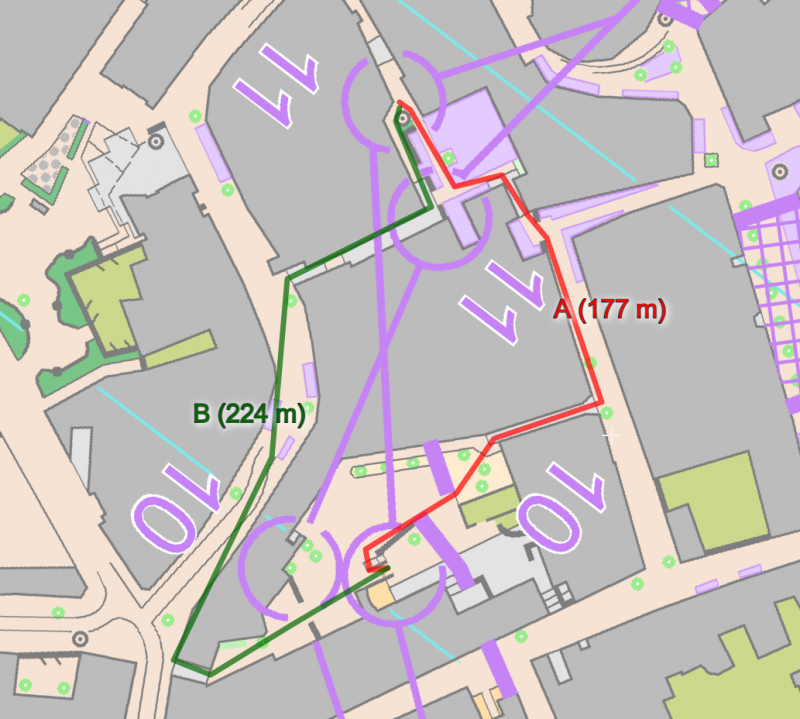
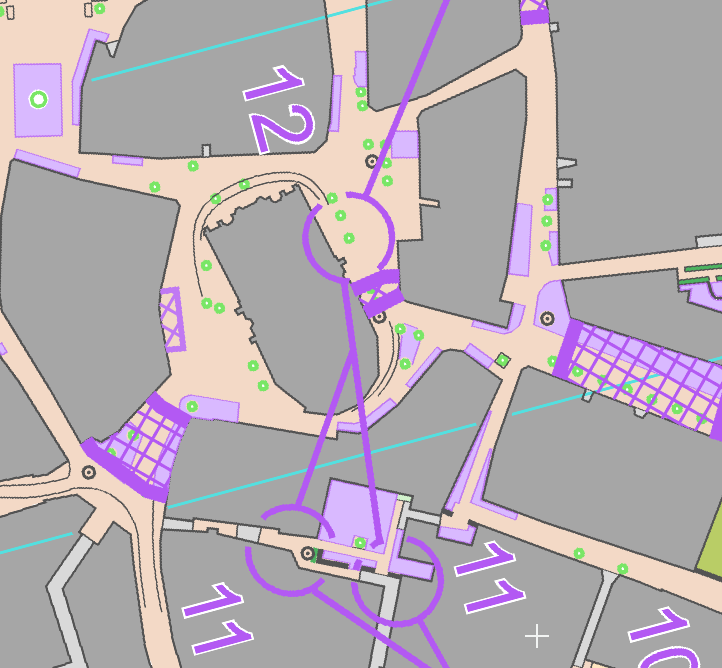
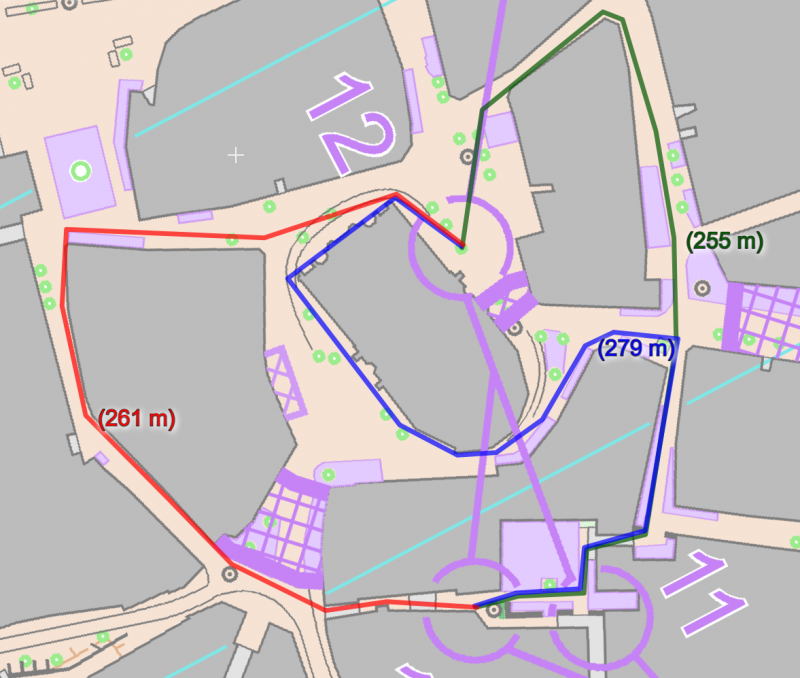
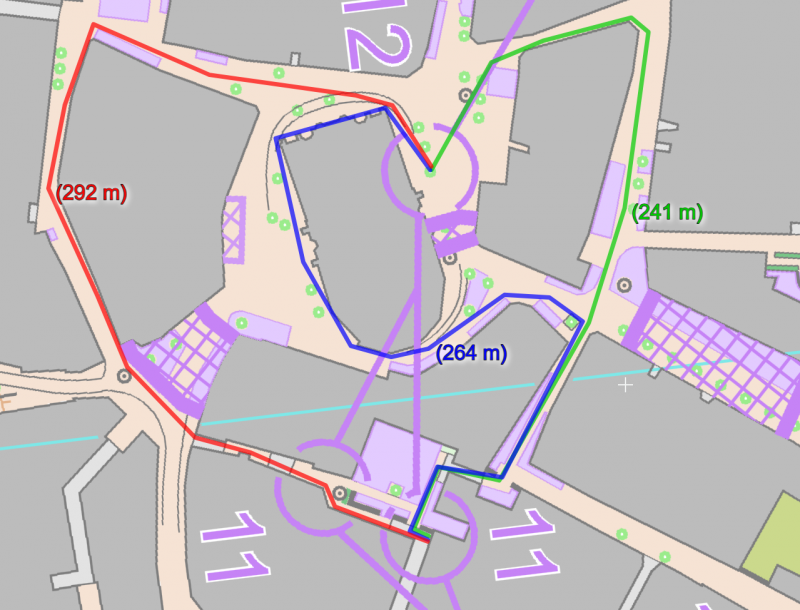
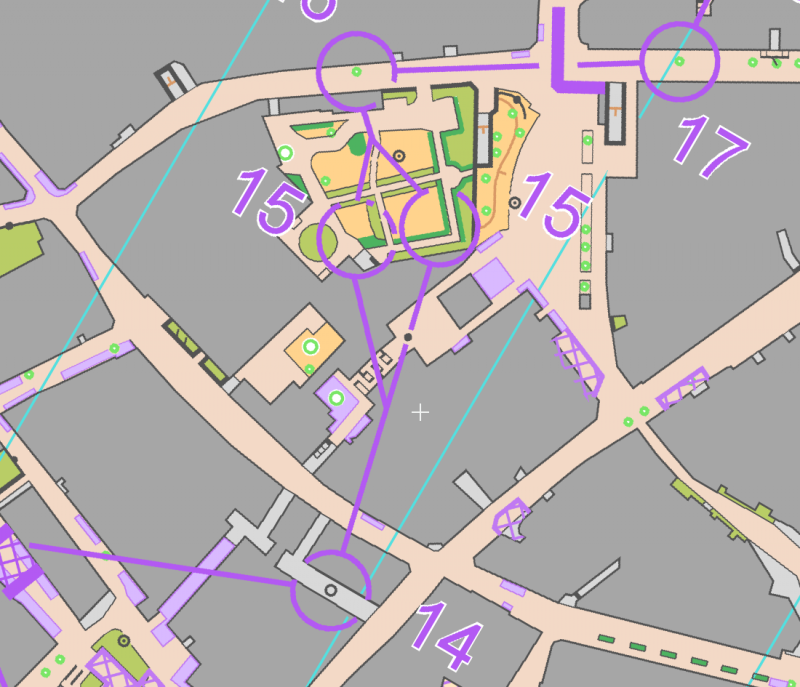
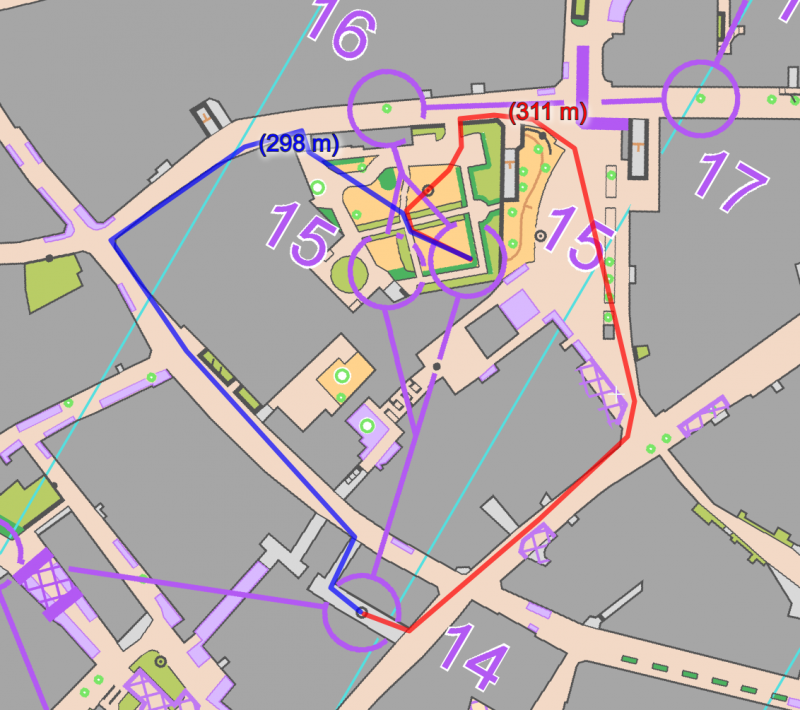
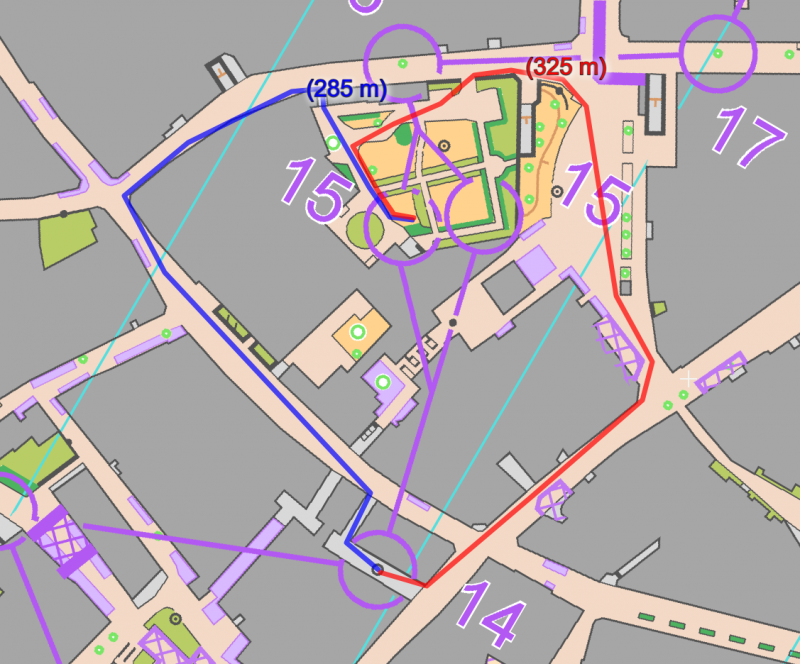
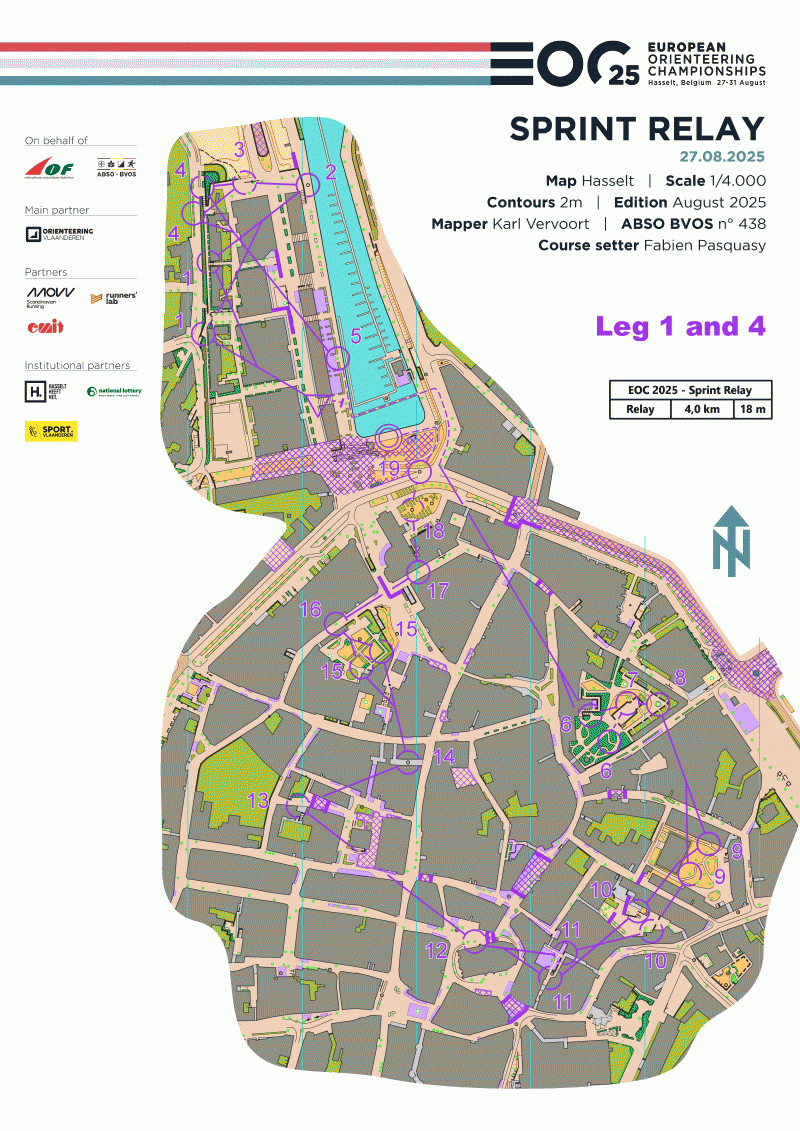
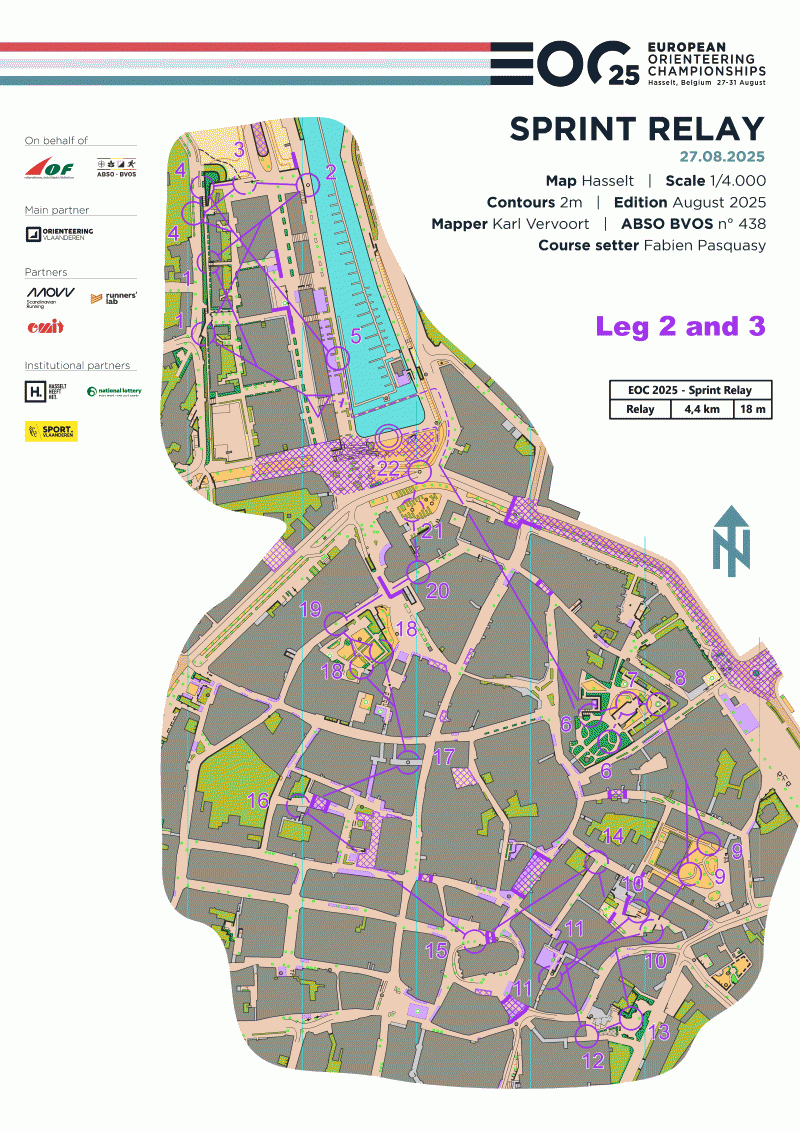

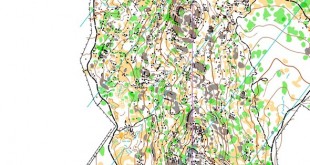
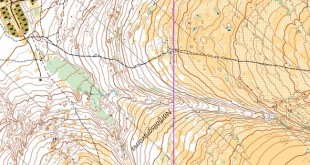
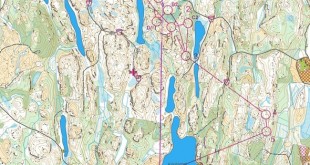
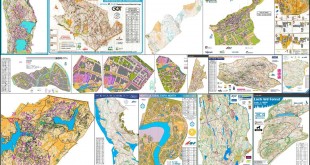
Really nice race for Norway’s team: When Kasper Fosser for once had a sub-optimal race, the three others all ran best or very close to best leg times.
It was however extremely obvious that we need a new generation of GPS trackers, units that are capable of precise location even in urban canyons. Maybe a triple (GPS+Glonass+Galileo) setup with inertial tracking for periods inside buildings? Modern cell phones have all of this, so the chipsets are available and relatively cheap now.
For championship events we should also set up a RTK differential station, using the internet (i.e cell phone data channel) for the correction data.
Yes, the GPS tracking quality is so poor that it unfortunately makes the broadcast look unprofessional. I would rather skip it than showing this, only show GPS where the quality is good, use premade animations elsewhere to be able to introduce the map in the storytelling. There is technology that gives better quality, e.g. dual frequency GPS used in high end GPS watches, but this technology is not available in the (relative) low cost GPS trackers used in orienteering live tracking. The accuracy is not very good there either, but at least better than this. There are also other local positioning systems available with much better accuracy, but cost is the main issue here…
Smartphones also lean quite heavily on the passive RF environment (i.e. telling the Google/Apple geolocation API what 4G/bluetooth/wifi access points can you see and what the signal strength is) to correct the GNSS location in urban environments.
The other issue with live tracking is the latency – it usually seems to lag 5-10 seconds behind the TV. I’m not sure how much of this is down to server-side processing but I suspect a fair chunk of it is a result of the trackers using SMS for backhaul.
It would be very interesting to compare the performance of the specialist GPS trackers vs just giving each athlete a cheap Android phone to run with (e.g. Moto e15, €80).
Printing was top quality. It’s the runners that were too tired/nervous/eager to get to the finish to properly read the map and go for the right number. Of course the circle was cut and maybe less visiblebut come on, let’s stop blaming the organizer/ the map for what is a runner’s mistake and bad speed/map control management.
Too many runners/teams where disqualified here due to jumping a control, so this was definitely not normal. Yes, this was a mistake by the runners, but still… I updated the text in the article to explain a bit more about what the problem was (not actually printing quality, but rather cutting of the circle and layout of the course in this region).
Right, part of the game. Note, to make things harder IOF requires control markings be drawn with the same color as OOB and also cut circles to make them harder to see. Sprints would be too easy with legible maps, so we all want athletes to get this all-purple legibility challenge, of course, but still the TV production tracking maps might benefit greatly by course being shown with its own color.
🔎 Why GPS tracking is inaccurate in sprint orienteering
Urban canyons (multipath errors)
Sprint maps are often in city centers, with tall buildings, walls, and narrow streets.
GPS signals bounce off surfaces (multipath), so the receiver “thinks” it’s somewhere else.
This can lead to errors of 10–50+ meters, which is huge when you’re navigating alleys only 2–3 meters wide.
Dense vegetation and structures
Parks with trees, tunnels, or underpasses block satellite signals.
GPS units may lose lock completely, then “snap” to the wrong place when reacquired.
Update rate & smoothing
Many GPS trackers used in orienteering update at 1 Hz (once per second) and use aggressive smoothing to save battery and bandwidth.
In sprint, where athletes change direction every few seconds, this creates delays and makes tracks “cut corners” unrealistically.
Limited constellations / old hardware
Some trackers still rely mainly on GPS only (US satellites).
If GLONASS, Galileo, or BeiDou aren’t used, accuracy suffers — especially in cities.
Transmission constraints
Real-time tracking usually relies on GSM networks (4G/3G/2G). In crowded city centers or rural areas, connection can lag, producing “jumps” in live tracking.
🛠️ What should be done to improve it
Use multi-constellation GNSS
Modern receivers can combine GPS + GLONASS + Galileo + BeiDou.
More satellites = better geometry = fewer urban canyon errors.
This is a big upgrade over older trackers.
Increase sampling rate
Switch from 1 Hz → 5 Hz or 10 Hz logging.
Even if transmission is downsampled, higher raw resolution allows post-race smoothing and correction.
Sensor fusion (GPS + IMU + map-matching)
Combine GPS with inertial sensors (accelerometer, gyroscope).
Apply map-matching algorithms (like those used in car navigation), which snap tracks to passable routes on the sprint map.
This avoids the common “running through buildings” problem.
Smarter live corrections
Apply real-time filtering that respects impassable barriers (walls, buildings, fences).
Example: If GPS shows an athlete inside a building, the algorithm corrects to the nearest valid path.
Better antennas and placement
Trackers often sit in vests or harnesses, where body/shielding causes signal loss.
Placing units higher (e.g., on headbands or lightweight chest rigs with sky visibility) improves reception.
Use of differential GPS (DGPS) or RTK in major events
Overkill for small competitions, but in World Championships or World Games, organizers could use ground reference stations to correct GPS drift in real-time, achieving sub-meter accuracy.
✅ Summary:
GPS tracking in sprint orienteering is bad mainly because of urban canyons, multipath errors, and slow trackers. The fix is a combination of modern multi-constellation hardware, higher update rates, and map-aware filtering algorithms. With today’s GNSS + AI techniques, it’s possible to make sprint tracking look far more realistic — but it requires investment in new equipment/software.